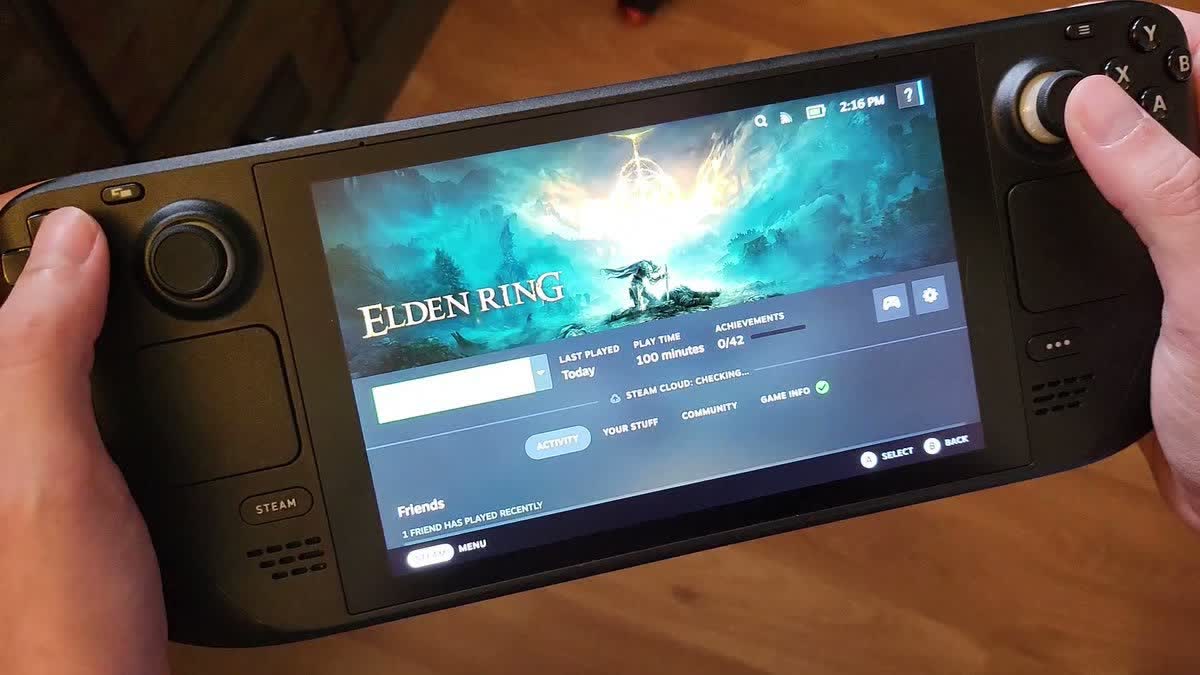Why it matters: As Valve's Steam Deck releases to the public, many have wondered how both Valve and individual developers would improve the portable gaming PC's performance going forward. This week the company started indicating it would probably do most of that work itself.

When Rock Paper Shotgun asked Valve whether it predicts developers will tweak PC games specifically for the device, a couple of Steam Deck team members said no. Valve seems to think improvements for the Steam Deck shouldn't stay exclusive to the Steam Deck. Valve also said last November that it didn't see the use in developing games only for the Steam Deck.
"If we expect that people do any work, it'll be work that just makes their game better on Steam as a whole," said Steam Deck Designer Jake Rodkin.
The graphics team has been hard at work on optimizing ELDEN RING for Steam Deck. Fixes for heavy stutter during background streaming of assets will be available in a Proton release next week, but are available to test now on the bleeding-edge branch of Experimental. pic.twitter.com/5oSnXtF2OG
— Pierre-Loup Griffais (@Plagman2) February 26, 2022
Rodkin noted that developers could improve things like controller support and readability on small screens. However, user interface changes step outside the bounds of Steam Deck development and will eventually be implemented into Big Picture mode on the Windows launcher. He pointed out that other game optimizations for Steam Deck should help their performance on lower-spec PCs in general.
Over the weekend, Steam Deck engineer Pierre-Loup Griffais showed off optimizations that Valve is working on specifically for Elden Ring. Griffais claims they address the game's stuttering problems, which users have reported on all PCs. The update rolls out later this week. However, users who sign up for the experimental branch of the Steam Deck's Proton compatibility layer can check out the optimizations now.
Elden Ring developer FromSoftware is aware of the Elden Ring issues and has already released one patch in response, with more likely to come. It also has some server downtime for maintenance planned for this Tuesday, May 1.
https://www.techspot.com/news/93589-valve-taking-steam-deck-game-performance-own-hands.html